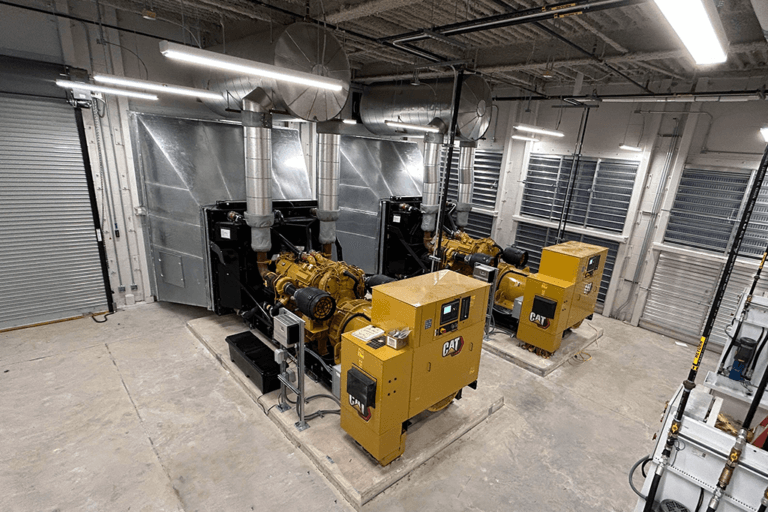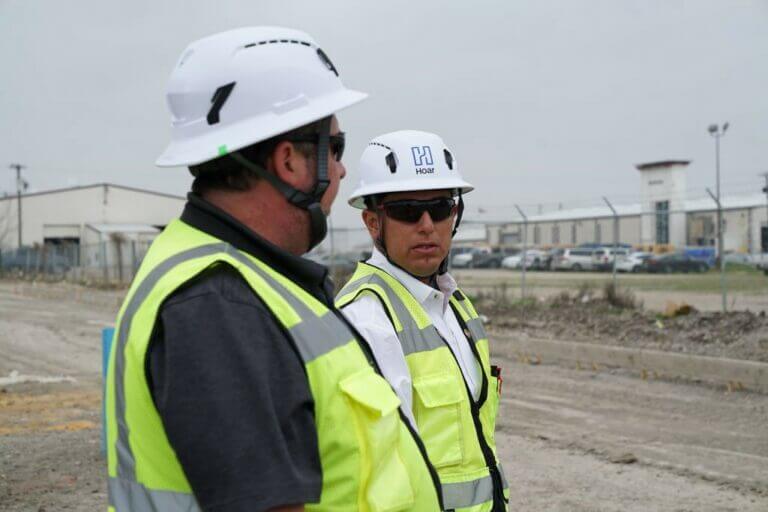
Let me start by saying Happy New Year. In our personal lives, the start of a new year is a great time to leave negative behaviors, attitudes, or experiences behind and start 2021 with a fresh mindset. Unfortunately, it’s not that easy to hit restart as an industry. In fact, we’re just now really seeing the ripple effects of 2020 and the COVID-19 pandemic in the construction and development industry. I think we can all agree 2020 was an unusual year, but the construction industry stayed resilient. As a result, there are some good things to look forward to in 2021. While no one can see the future, we are seeing conditions that give us an idea of what to expect in the next 12 to 18 months. Here’s a breakdown of the future outlook by markets:
Healthcare
The healthcare industry has really been picking up in terms of new projects and planned developments. We’ve seen a steady rise in new proposals coming across our desks. In the immediate wake of COVID, hospitals across the country saw a drop in revenue as they had to halt elective procedures and stop seeing some patients. However, we’re seeing larger projects getting started and even more in the planning phase. Of these new projects, many healthcare clients are considering space planning and flexible design options to make their facilities more versatile and easily adaptable.
Retail
Traditional, standalone retail development is on a sharp downward trend. We do have some large mixed-use projects starting this year, but the market as a whole is moving away from large-scale retail destinations for the time being. What we’re seeing now is an increase in distribution centers as traditional retailers focus more on E-commerce and online customer fulfillment services. In 2021, we see these types of projects as the next evolution of retail.
Office
Anyone who works in a traditional office most likely experienced a change in their day-to-day in 2020 —from working remotely to social distancing tactics like reduced elevator capacity or mask requirements. Think of how long it would take to feed a 30-story office building when you can only put 2 people on an elevator at a time. One of our clients actually did the math and figured it would take 7 to 8 hours to feed their 1,000 employees into a high-rise building. When offices return to full capacity, office spaces in downtown high-rises might be less appealing to employees. I think we’ll see a shift towards 5-6 story office product which could offer greater certainty to companies that their teams can show up on time to work and get to their office in a reasonable amount of time. The next evolution of office buildings will incorporate cleaner air systems, touchless technologies, private outdoor spaces, and a greater focus on traffic flow to allow tenants to efficiently load the building.
Industrial
As I mentioned above, with the retail market shifting towards online distribution, there’s an increased demand for distribution centers and warehouses. That push is feeding an already busy industrial market. We continue to see growth in the automotive and manufacturing markets. Along with healthcare, I anticipate the industrial market to be one of the most active for new projects in the next few years.
Multifamily
I think there’s some concern right now with how comfortable people will be living in high-rise buildings during or after a pandemic. But I think there’s something about downtown living that you can’t recreate anywhere else. Although there may be a shift towards suburban apartments, I believe renters will eventually come back in search of urban living where they can walk to work or entertainment and dining venues. Right now, some of the markets we work in still have overbuilt product so there will probably be a slowdown as that vacancy is absorbed. In a few years, I think the high-rise multifamily market will see another increase in new product as well as a renewed interest in new urban office spaces.
Higher Education
Our higher education clients have spent the year impressively adapting their classrooms, facilities, and student housing to better allow students to learn and socialize remotely or socially distanced. Not to mention, many campuses had to update or build student health facilities to allow for testing and isolated healthcare services. As we move forward, I think the continued trend will be improved health features in student housing and campus buildings. Antibacterial surfaces, large green gather spaces, and clean air ventilation options will be standard in new higher education projects as students’ expectations have evolved.
Hospitality
The hospitality industry was one of the hardest hit markets during the pandemic. However, we saw an increase in developers looking into the adaptive reuse of hospitality properties into multifamily apartments. I think we’ll see similar model types being used in 2021 with more conversion projects of hotels into apartments or flex office spaces. There’s a lot of potential out there and it will be interesting to watch.
Big Picture
In the next 12 months, I think one of the biggest impacts on projects will be the supply chain. We saw some delays in 2020, but the majority of projects were already planned, and materials were secured. I anticipate there will be a much greater impact in 2021 as new projects are being planned and projects that were temporarily halted begin moving forward. There could be a mass rush to procure materials and labor, temporarily depleting the supply and causing larger delays.
As we head into 2021 and begin to see more significant impacts of the pandemic, it’s more important than ever to choose the right construction partner. Clients who are adapting their product types to keep up with changing market trends need builders who have diverse project experience. You need someone who has strong relationships with local labor and trade partners so they can properly staff your project despite the ongoing labor shortage. You need to hire your builder and architect at the same time, early in the project, so they can work together to ensure the materials, commodities, and appliances in the drawings are available and within budget so your schedule isn’t delayed due to shortages or supply issues. Our industry is resilient and will continue to remain essential in 2021 despite continued unpredictable impacts from the pandemic. To ensure your project is just as resilient, choose the right builder who is ready and capable to weather any storm.

